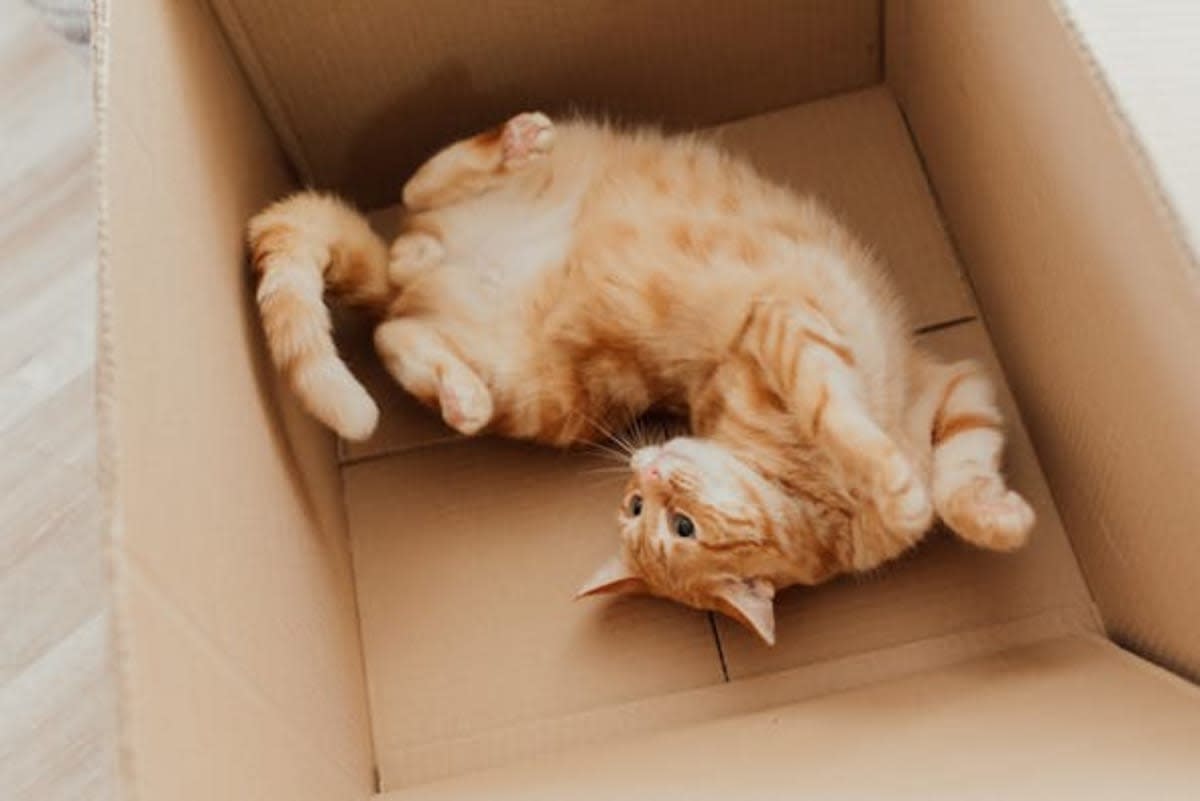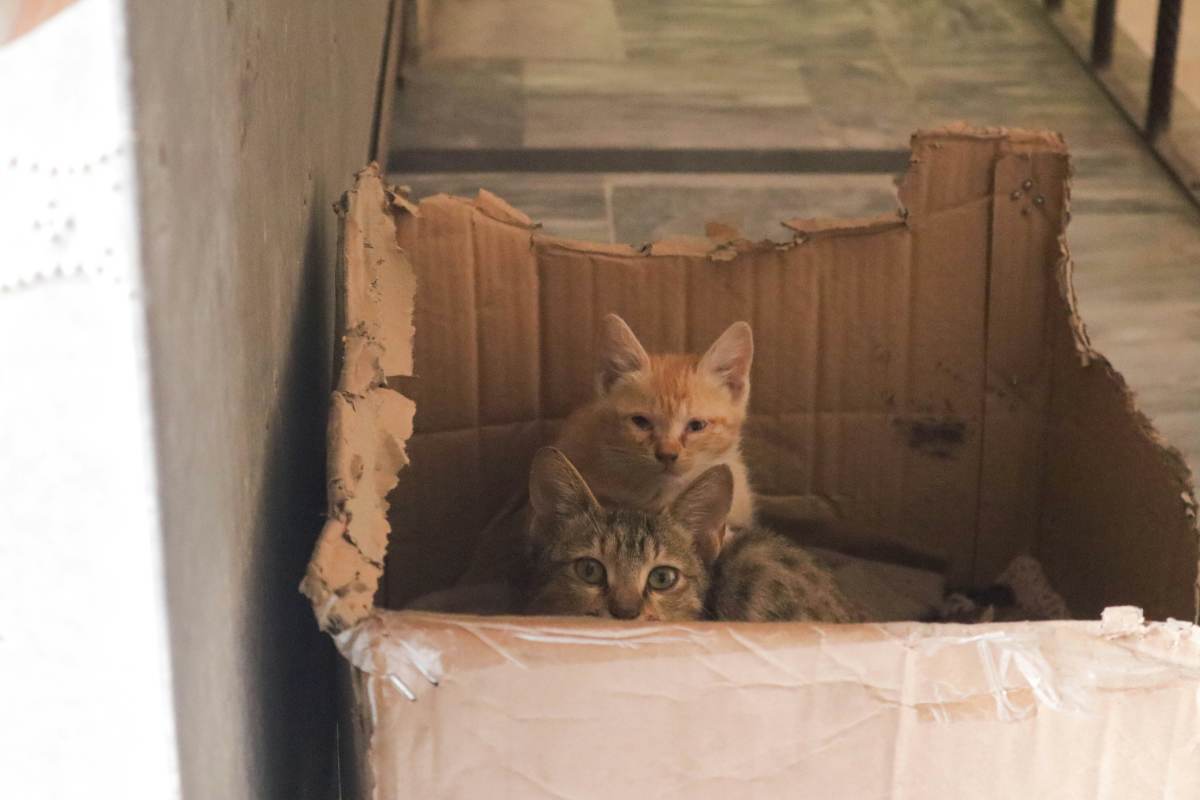Scientists have finally cracked the mystery of why cats love boxes

Boxes and cats are a match made in heaven. Cats have always shown a special fascination with boxes, and if you have owned a feline, you know what we are talking about. But have you ever wondered why cats enjoy enclosed spaces? Well, feline behavior consultant Mikel Delgado and professor Danielle Gunn-Moore finally discovered the truth behind this fondness.

According to Mikel Delgado, the fondness towards enclosed spaces comes from their hunting instincts. While they roam freely outdoors in search of food, cats rely on their hunting instincts. When they chase birds or insects, they look for nooks and corners that conceal them from their prey or potential predators such as hawks or foxes. While indoor cats don't necessarily have a predator to watch out for, the boxes give them the perfect space for a hideout so they can pounce onto their potential prey or a plush toy. According to the report published by Popular Science on Wednesday, November 12, 2025, Delgado also states that boxes provide a safe environment for these felines, which develops from the cats' earliest moments.

"A mother cat will seek out a quiet area to birth her kittens. Their first experience will be a safe, enclosed space," shared Danielle Gunn-Moore, a professor of feline medicine at the University of Edinburgh. According to Delgado, a cat's tendency to spend time in a box may or may not reveal something deeper about its emotions, depending on the context. For instance, a cat hiding at the back of a box with wide eyes is probably using it for a completely different reason than one that's napping inside. As per Delgado, a free-roaming cat can move around to nearby spaces when they are afraid of danger, but an indoor cat might have fewer options if they are scared by an unexpected visitor. Hence, the boxes serve as an immediate hideout in such situations.

According to a report by Veterinary Healthcare Associates, cats require a temperature that ranges between 86 to 97 degrees Fahrenheit. With most homes having temperatures of about 72 to 76 degrees Fahrenheit, many cat owners' homes need to be warmer for the felines. Cardboard boxes serve as simple but effective insulators, giving cats a warm and secure space to curl up in when the environment feels a bit too cool.

According to Delgado's study, kittens' experiences shape their adult selves. Scientists believe that cats with rough upbringings benefit from safe hiding spaces like boxes to feel secure. However, Delgado also noted that excessive hiding should be taken note of. "That is a good time to talk to your veterinarian and maybe get a referral to a behaviorist who can help you work with your cat’s fears in a way that can hopefully help them cope better."